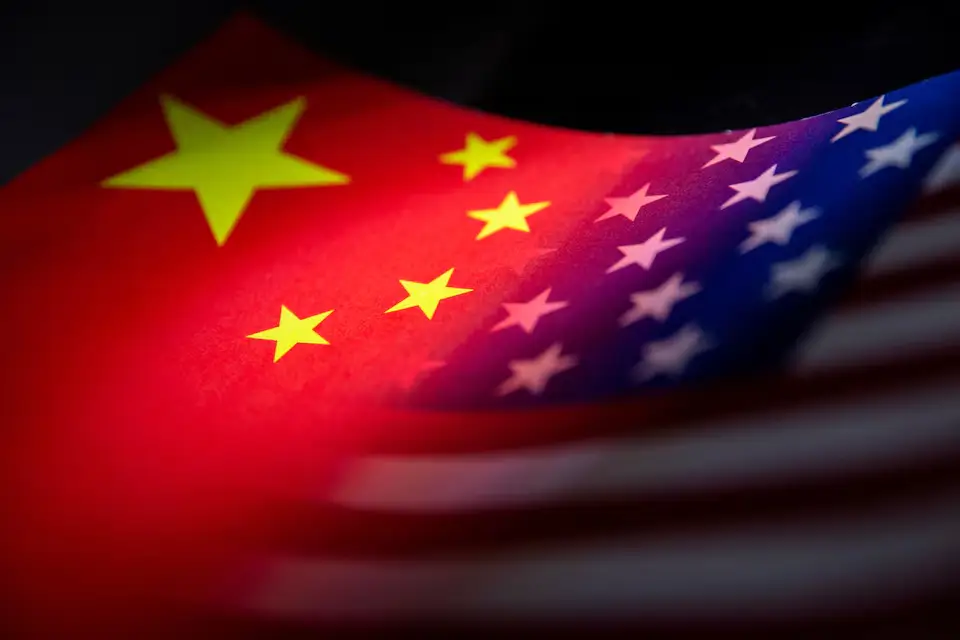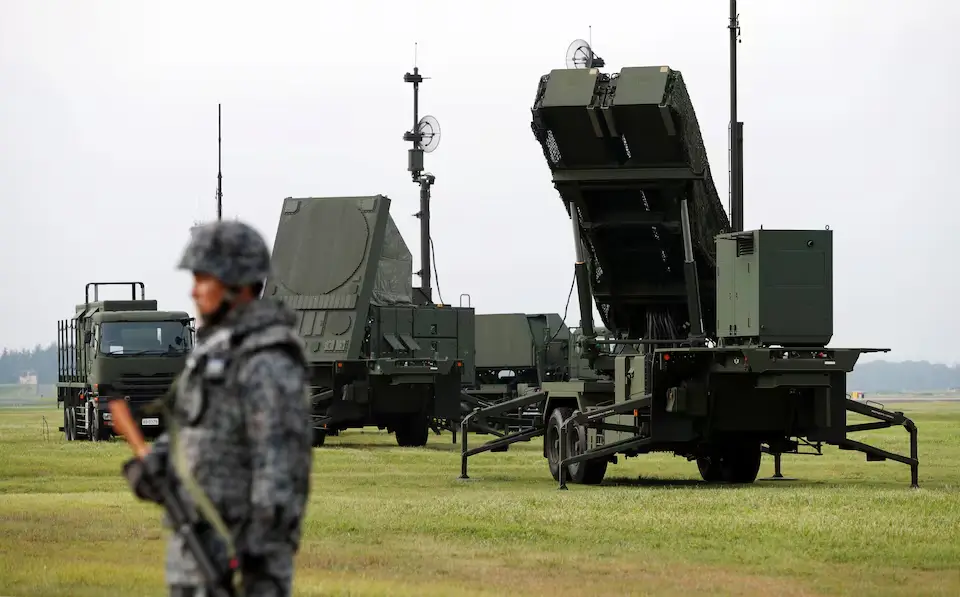PAC-3 Integration Marks Strategic Shift
In a significant shift in naval defense strategy, the US Navy is moving forward with plans to arm its vessels with Patriot interceptor missiles. This decision comes as a direct response to growing concerns about China’s advancing hypersonic weapons capabilities in the Pacific region. The integration of the Patriot Advanced Capability-3 Missile Segment Enhancement (PAC-3 MSE) interceptors, traditionally used by the Army, represents a new approach to shipboard missile defense.
PAC-3’s Combat Success Record
The PAC-3 system has already demonstrated its effectiveness in real-world combat situations, successfully intercepting maneuvering hypersonic missiles in Ukraine. This combat-proven performance has made it an attractive addition to the Navy’s defensive capabilities, particularly given that existing naval anti-missile systems have not yet been tested against such advanced threats.
PAC-3 Technical Advantages
The PAC-3 brings several unique advantages to naval operations:
- Compact Design: At 300 kg, it’s significantly lighter than the 1,500 kg SM-6
- Enhanced Maneuverability: Advanced steering rockets near the nose
- Superior Intercept Method: Direct “hit to kill” technology instead of proximity detonation
- Cost-Effective: Comparable cost to existing systems at approximately $4 million per unit
Chinese Threats Driving PAC-3 Adoption
China’s rapidly evolving missile technology has been a key driver of this initiative. Their arsenal includes the formidable DF-21D “carrier killer” and the DF-26 IRBM. However, it’s the new DF-27 missile that has raised particular concerns. Tested in 2023, this weapon system reportedly has a range of up to 8,000 kilometers and features an advanced aerodynamic warhead designed to evade existing defense systems.
PAC-3 Production Expansion
The growing demand for PAC-3 interceptors has sparked significant industrial developments. Lockheed Martin is planning to establish a new production line for missile seekers in Florida, complementing Boeing’s existing manufacturing efforts. Additionally, the United States has partnered with Japan for joint production, recognizing the strategic importance of increased manufacturing capacity.
PAC-3 Testing and Integration Challenges
Before full deployment, the Navy faces several technical challenges. Key testing requirements include:
- Successful ship-based launches
- Integration with existing SPY-1 radar systems
- Validation of communication systems
- Compatibility with current ship defense networks
PAC-3’s Global Impact
This development has broader implications for international defense dynamics. The US Army’s plan to more than double production, coupled with strong interest from foreign governments, indicates a growing recognition of the need for advanced missile defense capabilities. Tom Karako, a missile defense expert at the Center for Strategic and International Studies, notes that demand is “through the roof.”
Future of PAC-3 in Naval Defense
The integration of PAC-3 missiles onto naval vessels represents more than just a technical upgrade; it signals a strategic shift in how the US military approaches missile defense in the Indo-Pacific region. As China continues to advance its military capabilities, this adaptation demonstrates the US Navy’s commitment to maintaining effective defensive capabilities against emerging threats.
The success of this integration could set a precedent for future naval missile defense systems and influence how other nations approach their own maritime defense strategies in an era of increasingly sophisticated missile technologies.


